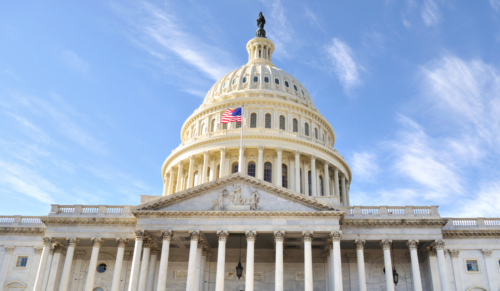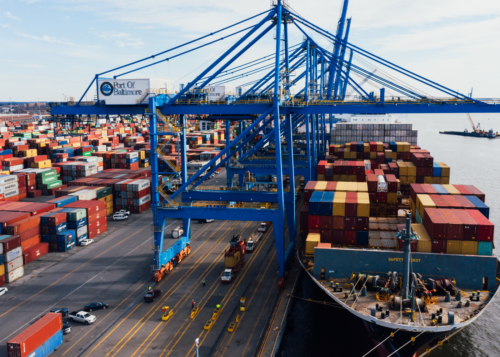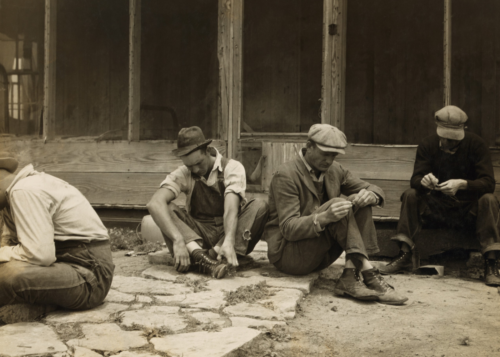Et Tu, NAACP?
By: / 04.08.2017
When I was a kid, my parents bought a house in a middle class neighborhood of an economically diverse city. My brother, who is a year older than me, embarked upon his schooling in our local public elementary school – an adventure that lasted one year.
His teacher struggled to control the class, fights broke out, students stole other students’ lunches, and, because of the constant disruptions, he lost precious time for in-class learning.
My parents swiftly made plans to move my brother—and consequently me—to a private school. After elementary school, my brother and I continued to attend the small student-centered private school, skipping over, as did many of our affluent, white peers, the notoriously bad neighborhood middle school.
We returned to our neighborhood public high school, where we received, overall, a good education.
But I am not naïve. I know that part of my academic success in the AP and honors courses at this huge, socioeconomically diverse public high school came from my K-8 education, which included individual attention, undisrupted classes, creative projects, and teachers who not only taught the subject matter but also how to study, meet deadlines, and take control of our own learning.
I wonder how different things would have been if I had been told I had to wait. If instead of my parents having the choice to remove my brother from his disruptive elementary school, they were forced to watch as he fell behind because of factors beyond their control. If they were told that the school district was attempting to fix the school’s problems, and in the meantime, my brother and I would have to make the best of it.
No one ever told me that I had to wait for access to a good education. My parents’ socio-economic status gave them an option, a way around the traditional system when it failed.
Unfortunately, many parents don’t have that option.
Now it’s the NAACP telling parents to wait while school districts fix traditional public schools. Telling them that abandoning their neighborhood public school for a public charter school is a civil rights crime, because saving traditional public schools will somehow save poor and minority kids… someday. Propping up failing schools is so important, in the NAACP’s view, that parents should forgo their right to a choice, just so the traditional system can have all the resources—regardless of whether its students are succeeding.
Last week the NAACP upheld its 2016 call for a moratorium on the expansion of public charter schools. Its edict, much like a recent one from the National Education Association, the nation’s largest teachers union, demands that the moratorium remain until charter schools implement a series of changes that would essentially make them function like traditional public schools.
The main difference is that this time the betrayal of impoverished and minority families comes from an organization that is historically committed to advancing opportunity for those groups.
Charter schools are about opportunity. They provide choices for those families who lack the economic means usually required to “have a say.” They provide opportunity for millions of low-income kids to graduate from high school and attend college.
Studies have repeatedly shown that public charter schools produce dramatic academic gains for minority students in high poverty areas, compared to traditional public schools. Thousands of black families choose charter schools, and they are happy with that choice.
Former NAACP president (ousted in May 2017) Cornell Brooks previously explained that NAACP’s actions are not inspired by an ideological opposition to charter schools but by the organization’s historical support of public schools. Yet, Brooks embraced school choice for his own family. Both of his sons attend/attended The Potomac School, a private school in Fairfax County, Virginia, where tuition ranges from $33,000 a year for kindergarten to $38,500 for high school.
Why does the NAACP want to deny avenues of choice to parents who can’t afford private schools?
Could it be that the NAACP has been influenced by the hundreds of thousands of dollars it has received from teachers unions? And could it be that its leaders care more about their adult constituents, many of whom teach in public schools, than about the needs of minority children?






